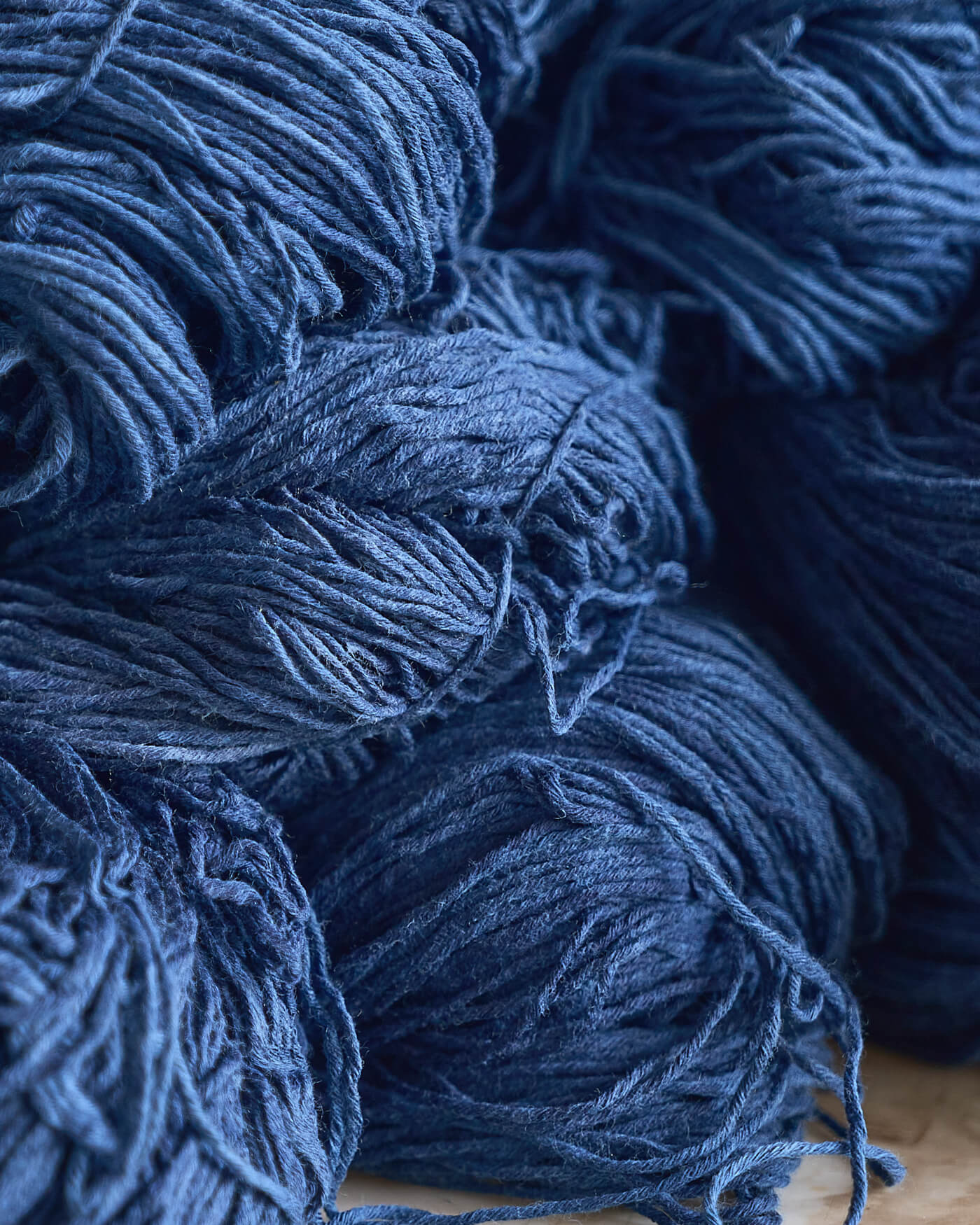Who should we thank for the pair of blue jeans everybody owns?
The true origin of the color indigo

AYA | APRIL 3, 2023
Indigo, one of the oldest dyes in the world, has a mysterious origin. While it was previously thought to have been created by the Egyptians, new research suggests that it may have actually originated in the Peruvian Andes. Ancient textiles found in the region reveal the earliest use of indigo, dating back 6200 years. In this article, we explore the story behind this discovery and its significance for our understanding of ancient textile innovations.
Tracing the Roots of Indigo
According to an article in Science magazine, the birth of the color indigo was attributed to the Egyptians, but about 1500 years before them, 6200 years ago, in the hills of the Peruvian Andes, the color indigo would see the light for the first time.
A study carried out on the remains of textiles discovered in the archaeological site called Huaca Prieta, a pre-Hispanic ceremonial center in the city of Trujillo, indicates that the dye found corresponds to the oldest known use of indigo in the history of mankind.

Revealing the Mystery of Indigo's Origins in Peru
The textiles found by the team of archaeologists led by Jeffrey C. Splitstoser initially concealed their color by the gray tones that had seeped into them from the materials used in the mound itself, but when a conservator carefully washed the textiles, the true colors reappeared.
The source of the indigo pigment was unknown until the study a couple of years ago, which used highly sensitive equipment known as high-performance liquid chromatography to determine that it was a plant-based form of indigo.
The original matrix for making these textiles was cotton, which was grown in the Peruvian Andes at Huaca Prieta.
Indigo Dyes Found in Ancient Peruvian Textiles
The starting point of the experiment was a sample of blue thread decorating a striped fabric, to which the researchers added seven other fabrics from Huaca Prieta discovered in 2009, whose ages range from 6,200 to 1,500 years and where the presence of indigo dyes was detected.
The researchers insist that there is no doubt that indigo was used in the decoration of the textiles, which was extracted from the sap of a plant known as Indigofera tinctoria.

Huaca Prieta Reveals Ancient Textile Innovations
"Evidence of the early age, complexity of weaving and dyeing, and Andean practices comes from indigo-decorated cotton textiles from the pre-ceramic site of Huaca Prieta," the research team said.
Huaca Prieta is a site discovered in 1946, on the northern coast of Peru, in the province of Ascope, which attracted attention from the beginning because of the textiles found there, considered the oldest in the Americas.
This really means that we have to look at the ancient civilizations in the Andes as one of the earliest sources of textile innovations in the world.
You don't have to put all the weight on your shoulders. Every action counts. At AYA, we fight microplastic pollution by making a 100% plastic-free catalog.
Visit Our Shop →You May Also Like to Read...
Greenwashing
Greenwashing deceives consumers with false environmental claims, exploiting the demand for eco-friendly products. Understand its forms, consequences, and make informed choices for genuine environmental responsibility.
Origin of Indigo Dye in Peru
Indigo, an ancient dye, may have originated in the Peruvian Andes, according to new research. Earliest use found 6200 years ago.
Microplastics in the Human Body: Are They a Threat to Our Health?
Prof. Vethaak confirms microplastic pollution everywhere in the world is a proven reality: All our spaces at home are contaminated with microplastics to some degree, mainly because they are found in dust.
Polyester: From Petroleum to Microplastics
Only when we understand how plastic is made, and how the use of synthetic clothing contaminates our blood with plastic particles, we will be able to make a change.





